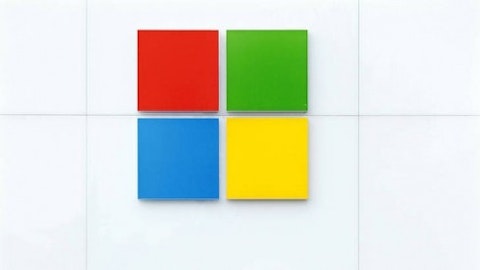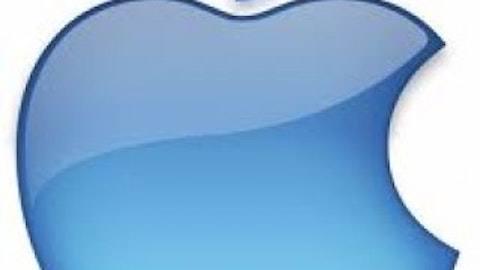Many of the most successful investors are the long-term ones who get to know their holdings very well. If you’re invested in a company or are thinking about jumping in, you’d do well to read its annual and quarterly reports closely, and to follow it in the news. But for a deeper understanding of it, poke around its website and peer into its history — you’ll run across lots of interesting things that can enrich what you hope will be a long-term relationship.
Let’s look at Corning Incorporated (NYSE:GLW), for example.
Why Corning?
The company is a giant in specialty glasses and fiber optics. Its fortunes are influenced these days by smartphone and tablet makers such as Apple Inc. (NASDAQ:AAPL), which use its glass in their displays. Corning’s Gorilla Glass is so strong that it has put a crimp in the business of screen-protecting companies such as ZAGG Inc (NASDAQ:ZAGG). Some worry about Apple’s interest in sapphire, though, as it’s even stronger than Gorilla Glass (though more expensive) and could threaten Corning.

What’s so interesting?
1. The stock’s history of rewarding shareholders has been a bit bumpy. Over the past five years, it has averaged 10% annual losses, but over the past decade, it has averaged a 10% gain. In the past 30 years, it has averaged 7% growth.
2. Its dividend recently yielded a solid 2.7% — and better yet, the company has been raising that payment by about 19% per year, on average, over the past five years. That kind of growth has a chance of continuing for a while, as Corning’s payout ratio is just 27%, meaning that it’s only paying out roughly a quarter of its earnings in dividends.
3. The company is old, tracing its roots back to before the Civil War, to an 1851 investment in a glass company.
4. The range of products that Corning Incorporated (NYSE:GLW) has specialized in or currently specializes in is extremely diverse, including railroad lanterns, light bulbs, television tubes, cookware, ceramic substrates, optical fiber, and active-matrix liquid crystal displays. Indeed, long ago, Corning developed a mass-production system for light bulbs that helped make them affordable.
5. Today Corning focuses on five key realms: glass substrates for TV, computer, and other electronic displays; ceramic substrates and filters for emission control systems; optical fiber, cable, and hardware for telecommunication networks; glass and plastic ware for laboratories; and specialty materials for a range of applications and industries.
6. During World War II, Corning boosted morale among employees (and others) by sponsoring a local radio show: the Corning Glass Works Radio Family Party. Corning also sponsored the opening-night concert at Lincoln Center in Manhattan, conducted by Leonard Bernstein, in September 1962. Some 26 million people watched it on TV.
7. Corning Incorporated (NYSE:GLW) introduced Pyrex heat-resistant glass in 1913, and it was a hit not only in homes, but also in labs. In 1954, Jonas Salk grew the polio virus for his vaccine in Pyrex bottles.



